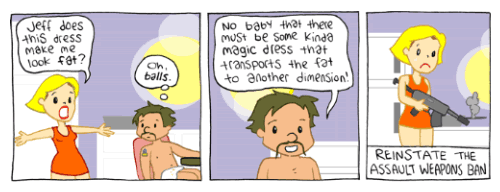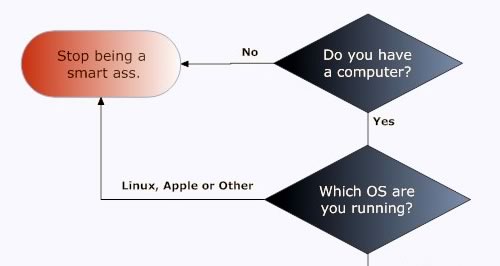For a web developer, “I’m going to RailsConf!” has the same excitement behind it as the old exclamation “I’m going to Disneyland!”. RailsConf 2006 sold out in only a couple of days, and the official Rails blog reports that even with double the capacity, RailsConf 2007 sold about one-third of its registrations mere hours after registration opened.
This year’s RailsConf takes place at the Oregon Convention Center in Portland, Oregon from May 17th through 20th. The main conference takes place on the 18th through 20th with additional tutorial sessions taking place on the 17th. I’ll be there for the whole thing: not just the main conference, but the all-day Rails Guidebook Tutorial session on the 17th, whose proceeds will go to the charity of my choice (I picked Second Harvest).
I remember the slightly muted applause during the opening keynote of RailConf 2006 when they announced that RailsConf 2007 would organized by O’Reilly. There were nervous sideways glances everywhere, and I remember saying “I think the admission price just tripled” to the guy beside me. Thankfully, this is going to be one of the less expensive O’Reilly conferences — while the registration fee isn’t as low as RailsConf 2006’s $400, you can get an early bird registration price of $695 for the main conference. It’s much cheaper than other O’Reilly conferences (ETech will set you back about $1200 for just the conference sessions only) and an ultra-bargoon when compared to JavaOne’s $2500 (plus, it’s Java. You’d have to pay me a registration fee to attend).
This is the developer conference that I’ve been looking forward to this year. If you’re thinking about registering, think fast — this one’s going to sell out very soon.





